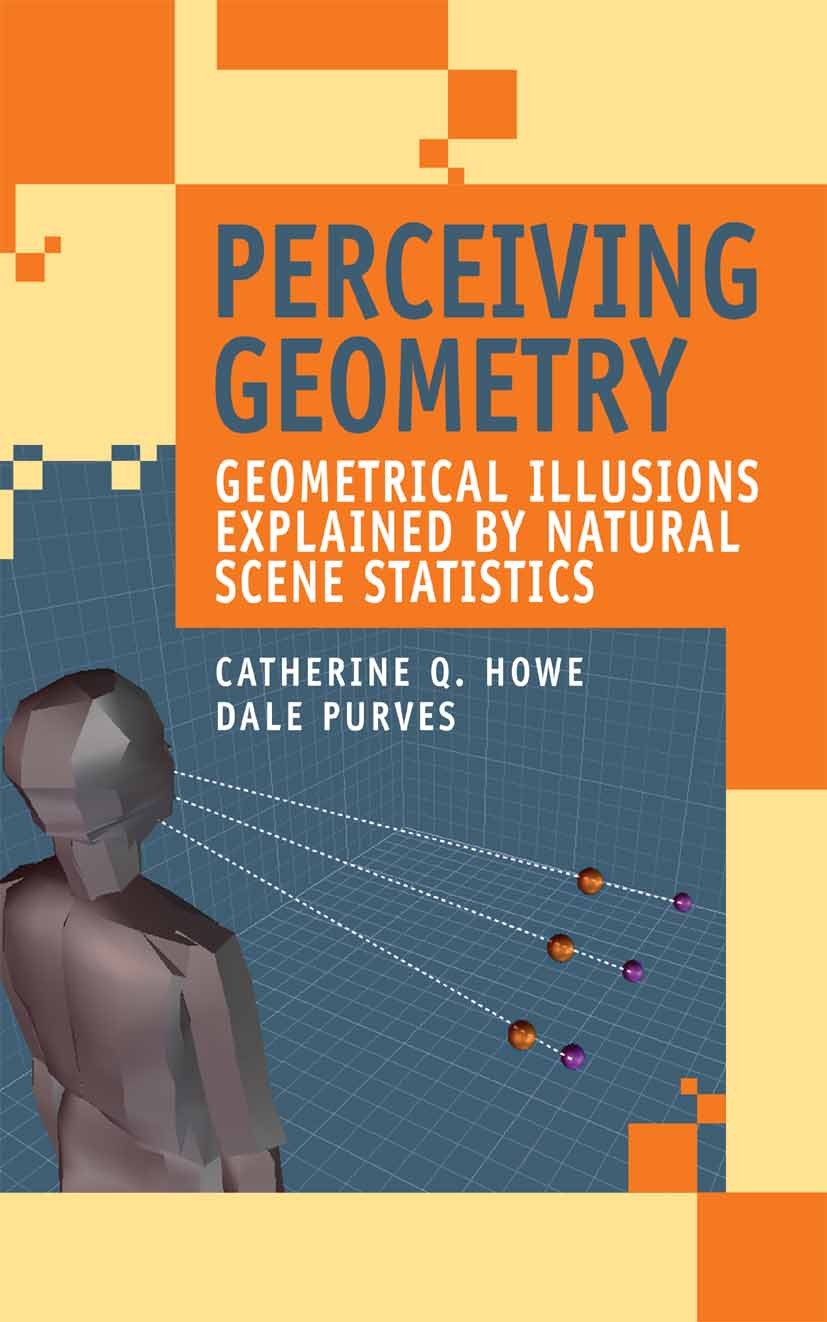| 书目名称 | Perceiving Geometry | | 副标题 | Geometrical Illusion | | 编辑 | Catherine Q. Howe,Dale Purves | | 视频video | http://file.papertrans.cn/744/743570/743570.mp4 | | 概述 | There is no direct competition to this book.Virtually every graduate program in psychology has a specific course on vision and visual perception.Most neuroscience and neurobiology departments have an | | 图书封面 |  | | 描述 | .During the last few centuries, natural philosophers, and more recently vision scientists, have recognized that a fundamental problem in biological vision is that the sources underlying visual stimuli are unknowable in any direct sense, because of the inherent ambiguity of the stimuli that impinge on sensory receptors. The light that reaches the eye from any scene conflates the contributions of reflectance, illumination, transmittance, and subsidiary factors that affect these primary physical parameters. Spatial properties such as the size, distance and orientation of physical objects are also conflated in light stimuli. As a result, the provenance of light reaching the eye at any moment is uncertain. This quandary is referred to as the inverse optics problem. This book considers the evidence that the human visual system solves this problem by incorporating past human experience of what retinal images have typically corresponded to in the real world. . | | 出版日期 | Book 2005 | | 关键词 | eye; optics; receptor; retina | | 版次 | 1 | | doi | https://doi.org/10.1007/b135453 | | isbn_softcover | 978-1-4419-3800-8 | | isbn_ebook | 978-0-387-25488-3 | | copyright | Springer-Verlag US 2005 |
The information of publication is updating

|
|
 |Archiver|手机版|小黑屋|
派博传思国际
( 京公网安备110108008328)
GMT+8, 2025-12-17 22:12
|Archiver|手机版|小黑屋|
派博传思国际
( 京公网安备110108008328)
GMT+8, 2025-12-17 22:12


